Our Services
Orthodontics
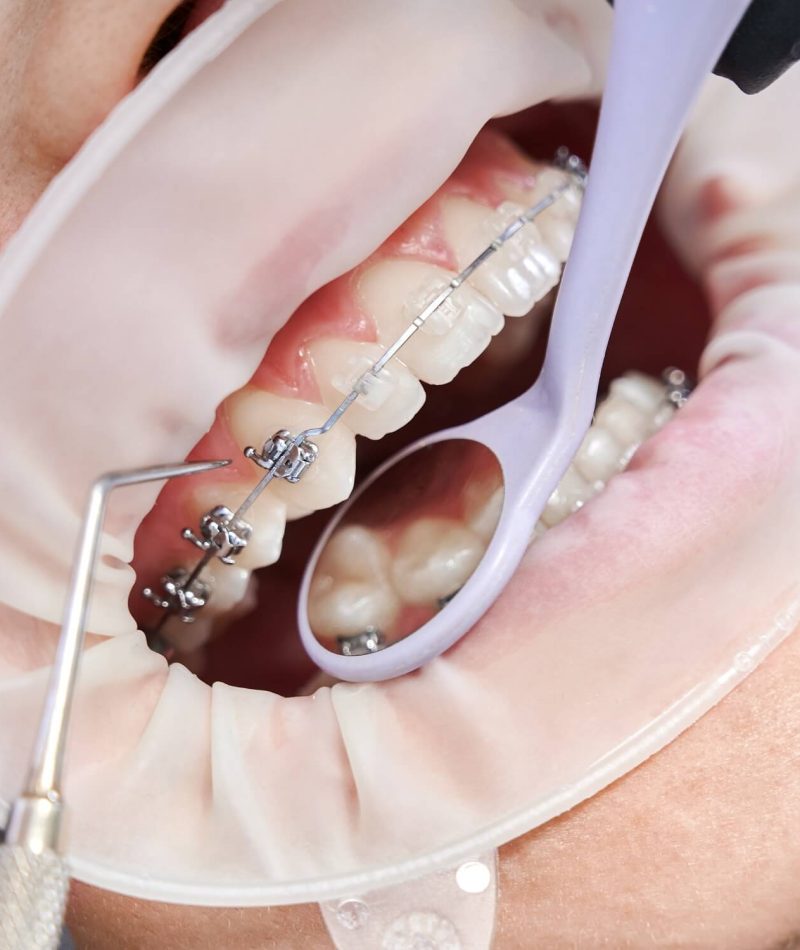
At Sai Yashoda Dental Care, our esteemed director is a highly skilled specialist in Orthodontics, a renowned branch of dentistry dedicated to the correction of teeth alignment. With Orthodontics, your smile undergoes a remarkable transformation, resulting in a significant enhancement of your overall personality. Our orthodontist, a dental professional with specialized expertise, excels in the application of dental braces, including Invisalign, aligners, invisible braces, and dental metal braces. Their meticulous approach and precision ensure effective teeth correction and optimal results. Experience the magical effects of Orthodontics at Sai Yashoda Dental Care, where our dedicated team is committed to providing you with a beautiful smile and a renewed sense of confidence. Visit the best orthodontist near you in Chandanagar, Madinaguda, Hyderabad, for top-notch orthodontic care.

Impact of Maligned Teeth
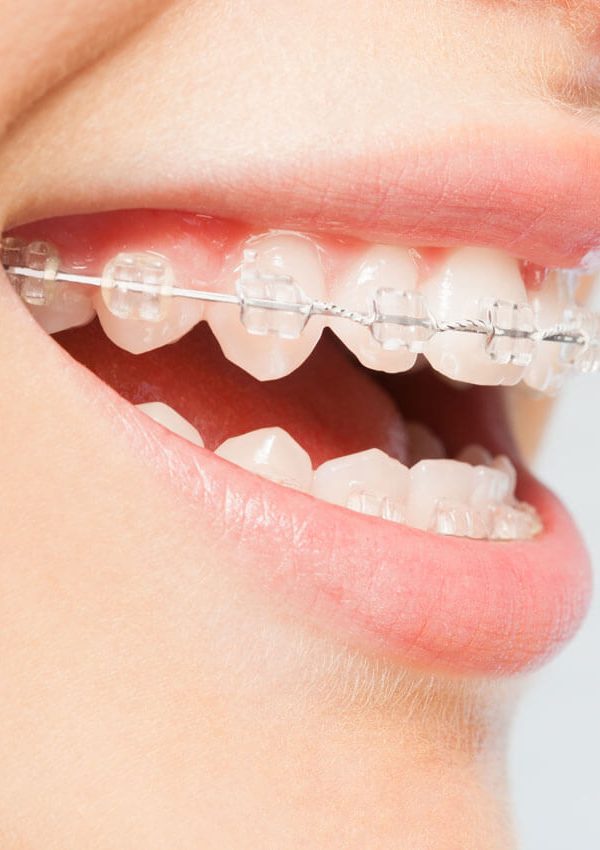
- Crowding: When there is insufficient space in the jaw for all the teeth, causing them to overlap or become crooked.
- Spacing: Excessive gaps or spaces between the teeth, which can affect the appearance and function of your smile.
- Deep Bite: When the upper front teeth excessively overlap the lower front teeth, leading to potential bite problems.
- Open Bite: A condition where the upper and lower teeth do not make proper contact when biting down, causing an opening or gap.
- Cross Bite: When the upper teeth fit inside the lower teeth when biting down, causing misalignment.
- Edge to Edge Bite: A condition where the upper and lower front teeth meet edge to edge, resulting in potential wear and bite issues.
- Proclined Upper Front Teeth (Class II Div 1): When the upper front teeth are inclined forward, creating an overjet or protrusion.
- Class II Div 2 Incisors: An uneven bite where the upper central incisors are pushed back or tilted inward.
- Posterior Cross Bite: When the upper teeth are positioned inside the lower teeth on one side of the mouth.
- Malocclusions induced by underlying periodontal compromised conditions: Dental misalignments caused or exacerbated by gum disease or other periodontal issues.
- Crowded Lower Front Teeth: Overlapping or misaligned lower front teeth, which can impact aesthetics and oral health.
Impact of Maligned Teeth
- Accumulation of harmful bacteria
- Tooth decay
- Gum disease
- Tooth loss
- Reduction in functional efficiency while chewing
- Mouth joint problems
Types of Braces
- Metal Braces: Traditional metal braces are made of high-grade stainless steel brackets and wires, which are effective in correcting various orthodontic issues.
- Ceramic Braces: Ceramic braces are similar to metal braces but use tooth-colored or clear brackets, making them less noticeable.
- Lingual Braces: Lingual braces are placed on the back surface of the teeth, making them virtually invisible from the front. They are a discreet option for orthodontic treatment.
- Clear Aligners: Clear aligners, such as Invisalign, are a popular choice for orthodontic treatment. They are transparent, removable trays that gradually shift the teeth into proper alignment.
Advantages of Aligners
- Aesthetically pleasing
- No diet restrictions as aligners can be removed while eating
- Removable for socially important occasions
- Hygienic and easy to clean
- Provides accurate teeth alignment
Limitations
- Financial considerations: The cost of aligners may be a factor to consider for some individuals.
- Patient commitment: Successful treatment with aligners requires consistent and dedicated wear as prescribed by the orthodontist.
- Responsibility for aligner care: Patients need to be mindful of not misplacing or losing their aligners, as replacements may come with additional charges.
After Care
- Practice diligent oral hygiene by regularly brushing and flossing your teeth.
- Adhere to specific instructions given by your orthodontist, including wearing retainers or elastics as directed.
- Steer clear of hard, sticky, or chewy foods that may harm braces or other orthodontic appliances.
- Keep up with scheduled follow-up appointments to allow for adjustments and progress monitoring.
- Notify your orthodontist promptly if you experience any discomfort, pain, or concerns during your treatment.
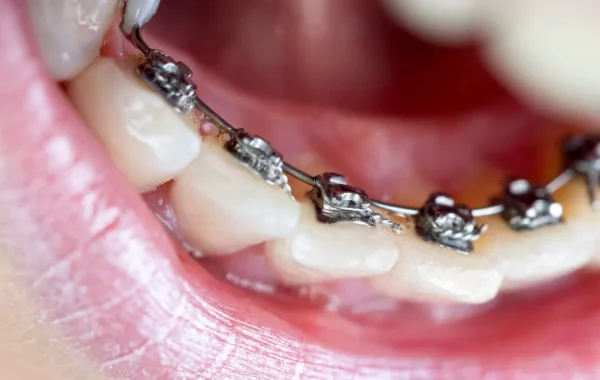
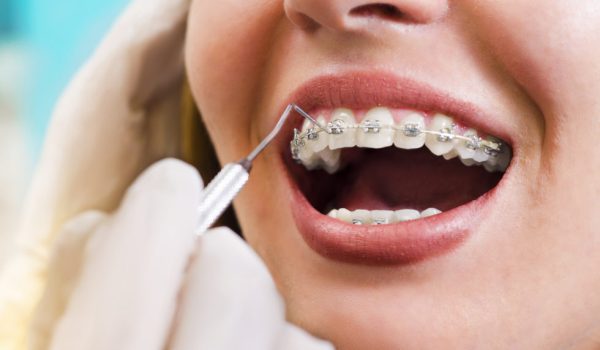
About Orthodontics From Yashoda Dental Care
Yashoda Dental Care, where we specialize in providing comprehensive orthodontic treatments customized to meet the unique needs of each patient. Our team of experienced professionals offers a wide range of options, including metal braces, ceramic braces, lingual braces, and clear aligners. Our primary objective is to achieve optimal teeth alignment, enhance oral health, and transform smiles, resulting in increased confidence and overall well-being.
FAQ
How Are Braces Done?
- The brackets are bonded to your teeth with composite resin
- They are exposed to light until they harden
- A metal wire applies pressure to the teeth to shift them into the desired position.
- Adjustments are made every 4-6 weeks approximately. Braces are usually worn for 12 months – 2 ½ years.
- After your braces come off you are fitted with a retainer to ensure sure your teeth don’t shift.
How to Maintain Your Braces ?
- Avoid hard eatables like hard breads, apples, raw vegetables, corn cobs etc.
- Avoid sticky or chewy foods.
- Brush and floss your teeth while wearing braces, adequately.
What are the signs to know that I need clip treatment?
- Crowding or Mal positioning of teeth
- Proclined teeth/Forwardly placed teeth
- Excessive spacing between the teeth
- Midline of upper and lower teeth are not in alignment
- Sounds in jaw joints
- Under bite or over bite
What causes Crooked teeth?
The Various Causes that result in Crooked teeth are:
- Habits such as thumb sucking, tongue thrusting, pacifier , bottle feeding after the age of seven
- Jaws too small for their teeth which cause crowding and thereby shifting of teeth
- Upper and lower jaws are different sizes or malformed Jaws
- Over bite or under bite
- Excess protrusion of upper jaw or lower jaw
- Inherited traits
- Early or late loss of baby teeth
- Early loss of permanent teeth
- Dental restorations with improper fit (eg:crowns)
- Periodontitis
- Pressure on teeth and gums which is undue
- After severe facial injury due to misalignment of jaw
- Tumors in mouth or jaw
When is the best time to schedule an initial consultation for braces?
It is important for children to consult Orthodontist around the age of seven as orthodontic problems are corrected easily by early detection and screenings. Though treatment may not be started this early, certain conditions require intervention at this stage to prevent further malocclusion.
When should orthodontic treatment be started?
Orthodontic treatment can be started at an age of 12-13 years of age. You should consult an orthodontist when you have
- Proclined or Retroclined teeth
- Crowding of teeth
- When you are in doubt about teeth alignment
- If your bite is abnormal
- If you have difficulty in biting, speaking or chewing
- Mouth breathing
- Clenching or grinding your teeth
- Inability to comfortably close your lips
- If there is a frequent shift in the position of jaws or making sounds when they move
- If there is cheek bite or any kind of trauma to the palate
You can consult our office for an appointment with the orthodontist.
Does it hurt to get braces?
When you first get your braces, you may require some adjustment as you feel that there is a foreign thing in the mouth.
First three days after application of braces
As your teeth begin to realign you may feel some discomfort. Wax can be placed on the braces to prevent them from rubbing against the inside of cheeks and lips. Our orthodontist will instruct you how to place wax on the braces.
After each orthodontic appointment you are likely to feel the same discomfort. Arch wires and elastic ligatures are changed periodically.
The discomfort with these braces is inconvenient, but it is manageable and it is only for few days.
How often will I come in for an orthodontic appointment?
Braces normally need to be adjusted every 4-6 weeks unless specified by the orthodontist or if any bracket gets loose or broken or detached.
If I get braces, how long do I have to wear them?
Depending on the individual patient, and the severity of teeth alignment, the amount of time required varies, because response to the treatment is different in every case. The standard treatment time is about 18 months but in few circumstances may vary between 10-30 months.
How can I take care of my teeth if I’m wearing braces or a retainer?
- We at our practice suggest a separate brush for Orthodontic patients called as “ORTHO BRUSH” and Interdental brush for better maintenance of oral hygiene.
- Use toothpaste containing fluoride, and fluoride rinse if required to prevent cavities
- During the treatment period avoid sugary foods that increases the bacteria in the mouth which cause plaque and cavities
- Avoid foods which are sticky (chewing gum, caramel), hard foods (hard candy), and foods that struck in braces.
- When you remove the retainer, keep it safely in a container so that it is not lost or broken, brush your teeth and floss
- Your retainer has to be kept clean by brushing with a tooth paste and tooth brush. You can wash it in denture cleaner as your orthodontist suggests. Do not place the retainer in boiling water or dishwasher.
- After the completion of treatment also, visit dentist for every six months.
Will I need to have any permanent teeth extracted?
Parents are concerned when removal of permanent teeth is required. Permanent teeth need to be removed if there is moderate to severe crowding and insufficient space in the jaw for accommodating all the permanent teeth in proper alignment. It is indicated generally when there is:
A) Excessive Crowding
B) Excessive Protrusion
C) Some Cases Of Correction Of Over Bite Or Under Bite
Is it too late to start?
It is never too late to start orthodontic treatment and make your teeth straightened with braces even in adults. Braces are not just for children but for adults also. Even if you are adult and if you need braces for misaligned teeth you can get it done. However, treatment in adults takes a little more time than in children because of the quality of bone.
Will my braces interfere with my school activities like sports, playing an instrument, or singing?
You can carry on with your studies and extracurricular activities as usual. You may find it little difficult at first but you will eventually get used to them in few days. While playing sports, you need to wear a mouth guard which protects the braces or appliance.
What should I do if the braces get dislodged at home?
Brackets are a part of braces, and attached in the center of each tooth surface with cement. These brackets may get dislodged if the patient bites very hard food (the food to be avoided by the Orthodontic patients) with the braces or if the mouth is hurt during any activity. If the brackets get loose or dislodged at home
- You need to bring to the notice of the Parent’s or Guardian
- Contact our dental office for determining further steps to be taken.
- Take care not to swallow or injure further.
- Bracket is kept back in the place using sterile Tweezer sliding the bracket along the wire to the center of the tooth back into proper position.
I would love to have orthodontic treatment but as an adult I’m too embarrassed to wear braces. Are there any other options?
Now-a-days more adult patients are getting treated than the teenagers and children. The most popular treatment option is Invisalign, where teeth are moved into position by invisible plastic aligners. If braces are recommended by the orthodontist, there are different types of braces in which you can choose so that your appearance is not affected.
Other treatment options are:
1. Ceramic braces
2. Lingual braces
According to the patient’s affordability, and interest, the type of braces can be chosen.
What are the types of braces?
- Traditional Braces- quality of these braces have progressed than those in the early days
- Ceramic Braces- brackets are made up of clear, transparent, ceramic material
- Clear and Removable Aligners (Invisalign)- clear plastic aligners resembling Mouth guards.
- Palatal Expanders- for patients who have overcrowded teeth
What if i ignore orthodontic treatment after suggested by my Dentist ?
If the treatment is ignored there are two types of effects.
- Functional- The function of the teeth such as chewing and speaking is compromised. Maintaining oral hygiene is difficult and teeth eventually end up in Periodontitis and may become loose.
- Esthetical- The appearance of the patient will have a psychological effect on them. They will become conscious of their smile and appearance.



